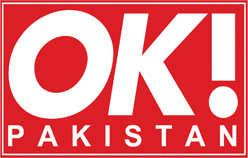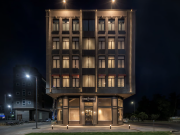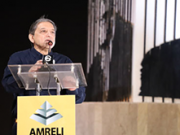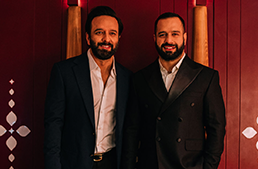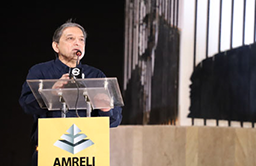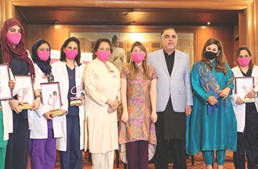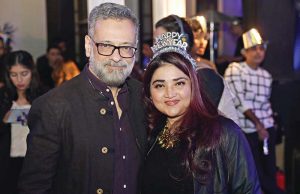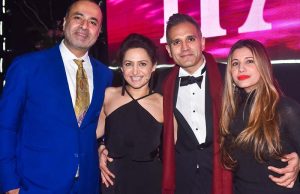The government continues with its plan to subsidise the cost of petrol.
In defiance of the guarantees that were provided to the IMF, the ECC decided to adopt the summary.
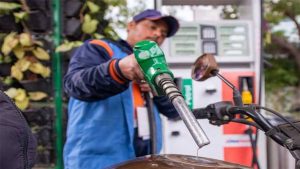
ISLAMABAD: The government has moved a summary for a relief package for motorcyclists and owners of small vehicles, in contrast to the guarantee provided to the International Monetary Fund (IMF) that the petrol subsidy plan would be discontinued.
In February, Prime Minister Shehbaz Sharif approved a fuel subsidy for drivers of cars and motorcycles with engines up to 800 cc by charging lower middle-class and affluent class drivers with larger engines a higher price of Rs50 per litre.
The Petroleum Division circulated the summary for the Economic Coordination Committee (ECC) of the Cabinet’s approval, according to sources in the Energy Ministry. After Shehbaz completed the “concept” of the proposal, the summary was relocated.
According to the summary, even though customers are already suffering to pay a record-high price of Rs282 per litre, the government has intended to take an extra amount of up to Rs75 per litre from them.
Many have questioned the programme, claiming that the government is abdicating its social responsibilities to the people, who are already suffering under a 50-year high inflation rate of over 35% and a record-high food inflation rate of 46%.
According to critics, the owner of a 1000cc cab, which is worth less than Rs 1 million, would also be required to pay up to an additional Rs 75 per litre as a subsidy for a pricey 660cc compact vehicle, which is worth about Rs 3 million.
The plan is perceived as a political gimmick by the ruling alliance to maintain its rapidly declining support among the populace. The IMF has also expressed concerns about the abuse of the plan and its effects on the budget.
According to the sources, Pakistan told the IMF deputy managing director during their meeting that the government had no plans to execute the subsidy programme. The programme was still being developed, according to the Ministry of Finance.
In defiance of these guarantees, the Petroleum Division changed the summary in March in order to get ECC approval. The submission of the summary to the ECC has been approved by the prime minister, who also serves as the petroleum minister.
Details revealed that the Petroleum Division presented the summary following consultation with “different stakeholders, including Pakistan State Oil”. On March 20, the prime minister was also given the final proposal, and he gave the go-ahead for the topic to be discussed by Cabinet.
The response from the Petroleum Division was anticipated until the piece was filed.
All of this took place before Pakistan informed the IMF that the plan was not yet ready. These words increased Pakistan’s mistrust of the IMF.
According to estimates from the Petroleum Division, the targeted category in Pakistan included around 20 million motorbikes, rikshaws, and 1.36 million vehicles with engines less than 800cc.
The Petroleum Division has asked the ECC for permission to provide motorcycle riders with 21 litres of discounted gasoline per month and drivers of automobiles with engines less than 800cc with 30 litres.
These users make up 51% of all monthly usage, a number that might increase once the programme is implemented owing to discounted gasoline.
The Petroleum Division has asked the ECC to grant a relief of Rs. 25 to 75 per litre for motorbikes, rickshaws, and small vehicles while gradually raising the price of gasoline for privileged, wealthy users’ cars larger than 800cc.
Compared to what someone driving a Mercedes with a lower middle class salary or someone who is wealthy will pay, the net benefit per litre will be Rs125. The NBP and other organisations participating in the implementation would receive the remaining Rs 25 per litre.
In its fortnightly pricing report for submission to the petroleum and finance divisions, the OGRA is proposed to advise the extra price for automobiles above 800 CC and reduced petrol prices for motorbikes, rickshaws, and compact cars.
One-Time-Password (OTP) technology is suggested for use in the implementation of the system. The National Bank of Pakistan (NBP) account would be used to collect the payments, according to the government’s proposal.
Over and beyond the standard price, the cost of petrol will rise. At gas stations, the Oil Marketing Companies (OMCs) will sell petrol to customers outside the intended market at a higher price.
The MCs will collect the increased price from petrol stations and deposit it into the authorised bank account for the National Bank of Pakistan, which is managed by the Finance Division.
The registered recipients will receive petrol at a discount. Through NADRA, beneficiaries and petrol stations will be registered. The applicant will sign up using the registration site of NADRA. The recipient will create an OTP and go to a petrol station.
OTP, CNIC, and transaction information will be entered into the mobile application by the pump attendant. There are also concerns as to why the proprietors of the pumps would assign more personnel towards the success of the programme without receiving any further compensation.
The NBP/Bank will be involved in the transaction’s routing in order to verify the OTP and determine the relief. The recipient will pay the reduced amount, the petrol station will settle the POS, and the bank will get the claims. The next day, the bank will pay the gasoline stations’ balance.
A Task Force led by Minister of State for Petroleum Dr. Musadiq Malik will oversee the scheme’s implementation. The minister of state for petroleum will serve as chairman of the governing board, which will hold meetings twice a month.
The members will be the secretary of the petroleum division, the managing director of PSO, the president of NBP, the chairman of OGRA, the chairman of NADRA, and the secretary of BISP.
A steering group that will include representatives from the Petroleum Division, OMCs, NBP, and NADRA has also been suggested.
The price of fuel would rise to over Rs370 per litre in the first phase, with an additional Rs75 for relief. The relief received by the owner of a motorbike and the owner of a vehicle would total Rs. 125 when the non-beneficiary purchases petrol at Rs. 75 per litre. The NBP and NADRA will get the Rs. 25 per litre for administrative expenditures.


